The story of a miracle
 Nestled into the bustling streets of the Corso Vittorio in Rome, the Palazzo Massimi alle Colonne sits somewhat dark and brooding. The palace was built and designed by Sicilian Baldassarre Peruzzi, a disciple of Raphael and Bramante, in 1536 for the wealthy Massimi family, who have lived there ever since. Peruzzi constructed the building on top of an ancient theater following the 1527 sack of Rome, but it is not its architectural significance that makes the Palazzo an oddity for pilgrims everywhere.
Nestled into the bustling streets of the Corso Vittorio in Rome, the Palazzo Massimi alle Colonne sits somewhat dark and brooding. The palace was built and designed by Sicilian Baldassarre Peruzzi, a disciple of Raphael and Bramante, in 1536 for the wealthy Massimi family, who have lived there ever since. Peruzzi constructed the building on top of an ancient theater following the 1527 sack of Rome, but it is not its architectural significance that makes the Palazzo an oddity for pilgrims everywhere.
On March 16, 1583 Saint Phillip Neri performed a major miracle within the palazzo’s walls. Saint Phillip Neri was good friends with Prince Fabrizio Massimo and frequently visited the family during his time in Rome. When Fabrizio’s fourteen year old son, Paolo, became sick, St. Phillip served as the spiritual director for the boy. Whilst celebrating mass at his church-in-residence, San Giorolamo della Carità, St. Phillip received word that the boy had grown very ill and was presumably about to die. However, St. Phillip had received the news during the beginning of the Eucharistic prayer and was therefore confined to celebrating the rest of the mass before he could attend to the child. When he finally arrived at the Massimo home, Paolo had already passed away.
Saint Phillip proceeded to pray at the boy’s bedside, sprinkling holy water over the body and breathing over him as Elijah had done in the first book of Kings. Just as the widow’s son had for Elijah, Paolo was resurrected and began to speak to the saint. The family watched as Paolo explained to St. Phillip that he had forgotten to confess a sin, and asked for penance. Following the boy’s reconciliation, Paolo voiced that he was ready to see his mother and his sister, who had passed away a few years prior. The boy once again passed away, but this time in the arms of St. Phillip.
Today, in memory of this miraculous occurrence, the Massimo family opens its doors to the public every March 16. On this single day of the year, pilgrims flood the Corso, lining up for several blocks in order to see the place where the miracle occurred. The Massimo family definitely prepares for the day and hires special guards in regalia to handle the mass of crowds. The destination point for all pilgrims is the sight of the miracle. The boy’s bedroom was turned into a chapel and, during this celebration, perpetual Mass is celebrated at one of three major altars. Pictures are understandably forbidden, as it is still the private residence of the Massimo family. However, one can still take photos of the courtyard and exterior passages.
I was lucky enough to be one of the pilgrims to gain entry into the residence and chapel by arriving near eight in the morning, fairly early for an average Roman. I was able to see the crest above the entry columns, the three flights of stairs that Phillip Neri would have traversed to reach Paolo’s bedroom, a private study of the Massimo family, and the chapel itself. The chapel is decorated mostly in red, with red stained glass windows filtering the small amount of light let into the space. The walls are covered in red silk and holy relics, containing large amounts of bones from saints that now famously rest in Rome. From my seat during the Latin liturgy, I could see relics from Saint Sabina and Saint Balbina most notably. A priest presided over a very personal liturgy, the chapel only having enough seats for a dozen people to sit, while several pilgrims would walk into the back of the chapel quietly and exit the same way. Most were very respectful of the liturgy.
I found the entire experience fascinating, especially because the chapel was only open for this one day of the year. Luckily, I appeared to have avoided most of the crowds and was able to see everything relatively easily. If traveling in Rome during the month of March, this is definitely a pilgrim site worth seeing.
Nick Miles is a junior study theology and philosophy. When not in class, he can be found catching Pokemon, even though that game is so 2016. You can reach him at nmiles@nd.edu.
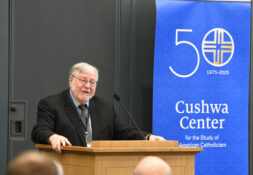
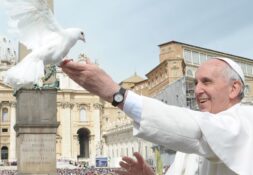
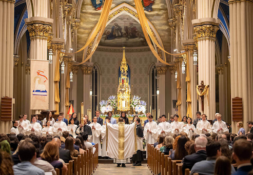
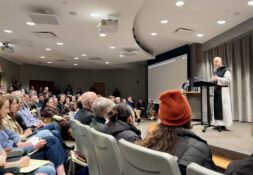
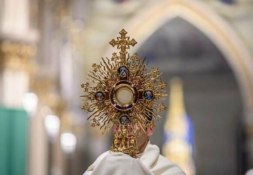

Leave a Reply